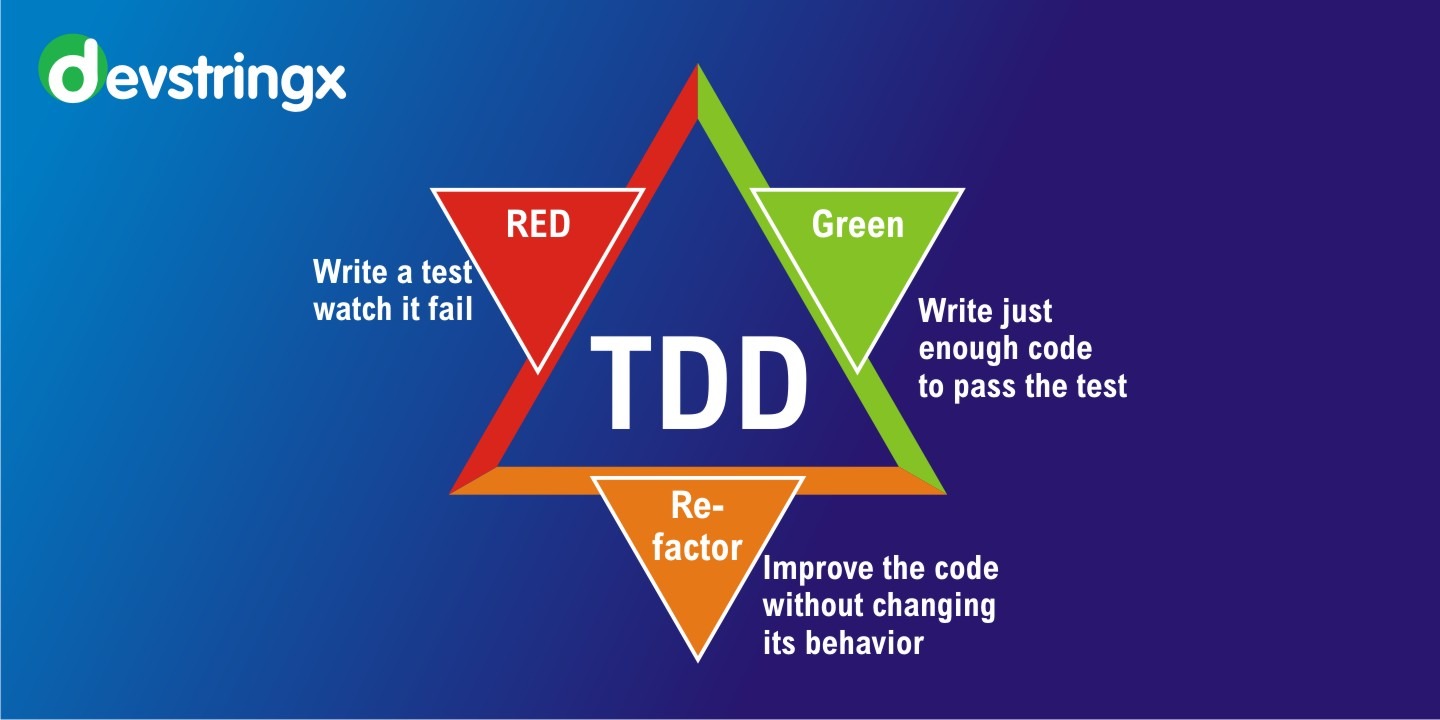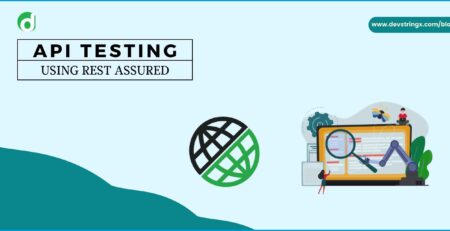Test Driven Development (TDD) – Key Benefits
Test Driven Development (TDD) is a software development approach that enables teams to create better specifications about how the actual code will be written. So fundamentally, TDD is an approach where functional tests are written well before writing the actual code. It’s a perfect blend of three key activities: Write Tests, Write Code to make the Tests Pass & Refractor improve quality
Key Benefits of (TDD)
- Best Acceptance Level:
TDD helps the developers to understand requirements from the perspective of clients. The test cases are designed well in advance without constraints of architecture design or programming approaches. TDD maximizes the probability of best quality product development in line with communicated requirements of all stakeholders.
- Customer-Oriented Agile Approach:
TDD approach fits well into the customer-oriented agile methodology. The iterative model for quality enhancement defines the inclusion of new functionality against the model that is set as per traditional practices or problem definition.
- Quick Feedback:
The efficient TDD approach helps the project development team to enhance their delivery capability as immediate feedback is provided on developed modules. The quick feedback sharing mechanism reduces the turnaround time for addressing the identified defects; and, the resultant outcome is much better than it is in the traditional waterfall model.
- Extended Integration for Granular Units:
TDD helps in creating better extensible, modular and flexible code. Test Driven Development approach makes way for the Agile team to plan, build and test the granular units to be integrated at a later stage. With this approach, team members deliver and perform better by being more focused on the granular unit.
- Ease of Anticipation & Identification of Gaps:
TTD provides a list of the exhaustive toolset to test every bit of code; the good part is that the entire thing is checked automatically within a short time. The in-depth test suite alerts for timely changes to save efforts, time, and cost.TDD allows testing the practical aptness in inline with specified requirements; provided, there is code written for that. Quick testing at every step helps to anticipate and identify possible gaps and to amend those with improved practices
6. Continuous Achievement & Confident Team:
Looking at the big picture sometimes disheartens the team because of the involved complexity. With the TDD approach, every test firmly establishes confidence in a move in the right direction. Every test, sub-test, and successfully completed module marks the victory giving the team a clear picture of ‘what is achieved and what is yet to be done?”.
Conclusion:
The extent of TDD benefits goes beyond the vindication of correctness by step-by-step scaling.
Organizations following the TDD approach can easily make modifications to the current applications without interfering with daily operations. Most organizations require updating the software to overcome the challenges posed by continuous technology advancement and competition. Agile TDD gives businesses all the flexibility to incorporate new requirements or unexpected changes.














